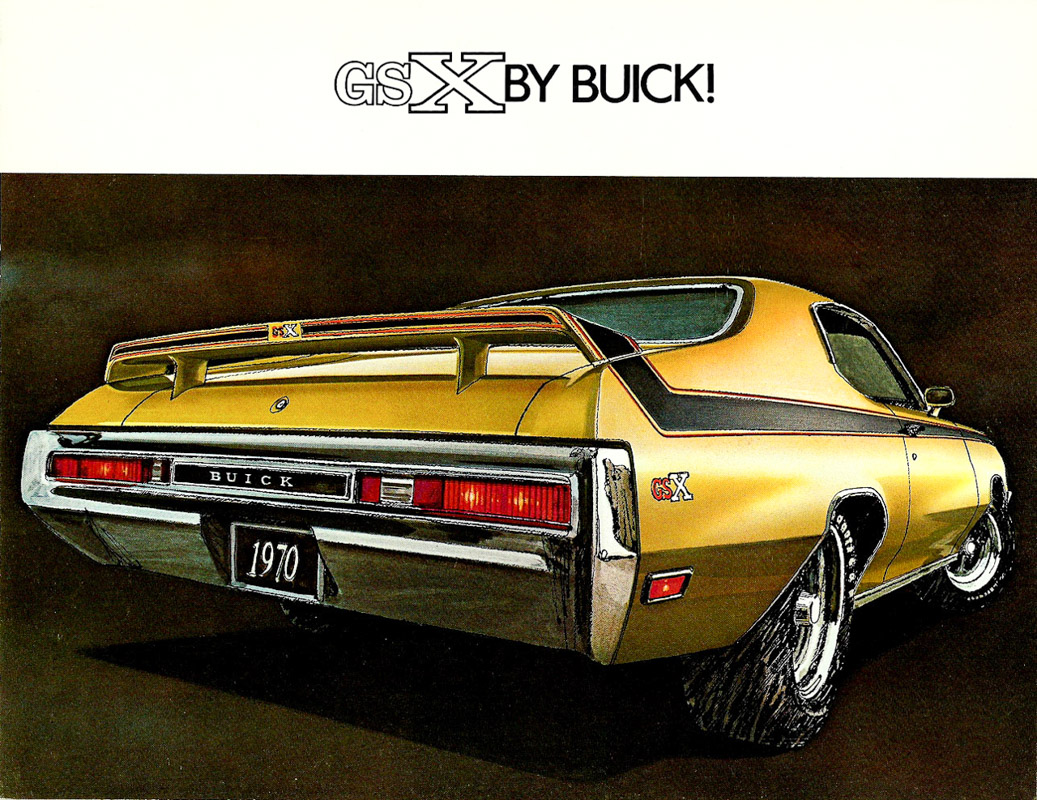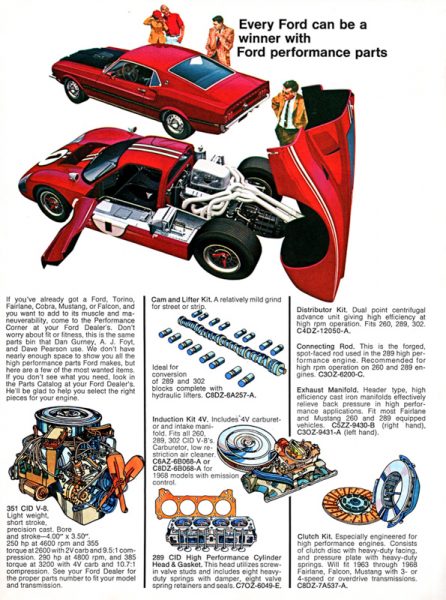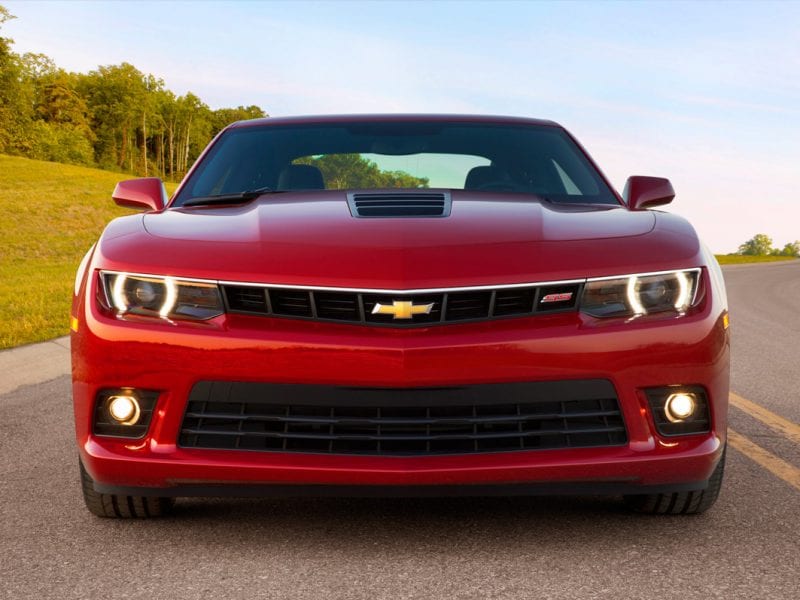Muscle Cars! Performance Mattered: Then and Now
Exactly when muscle cars peaked is an ongoing argument in the midst of the second factory horsepower war. Production cars rolled off the assembly line with unmatched horsepower and the capability push into the future and pull from a past. Today, we look back into the era when automotive engineering synced up with American pop culture, producing the muscle car and why performance mattered.
Pontiac GTO: Gran Turismo Laugh-In
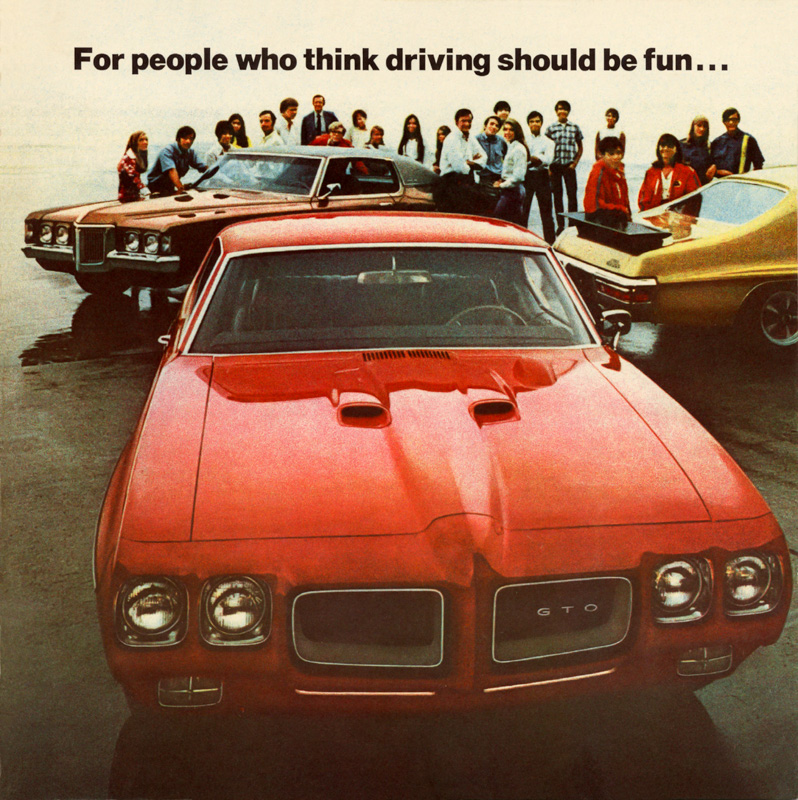
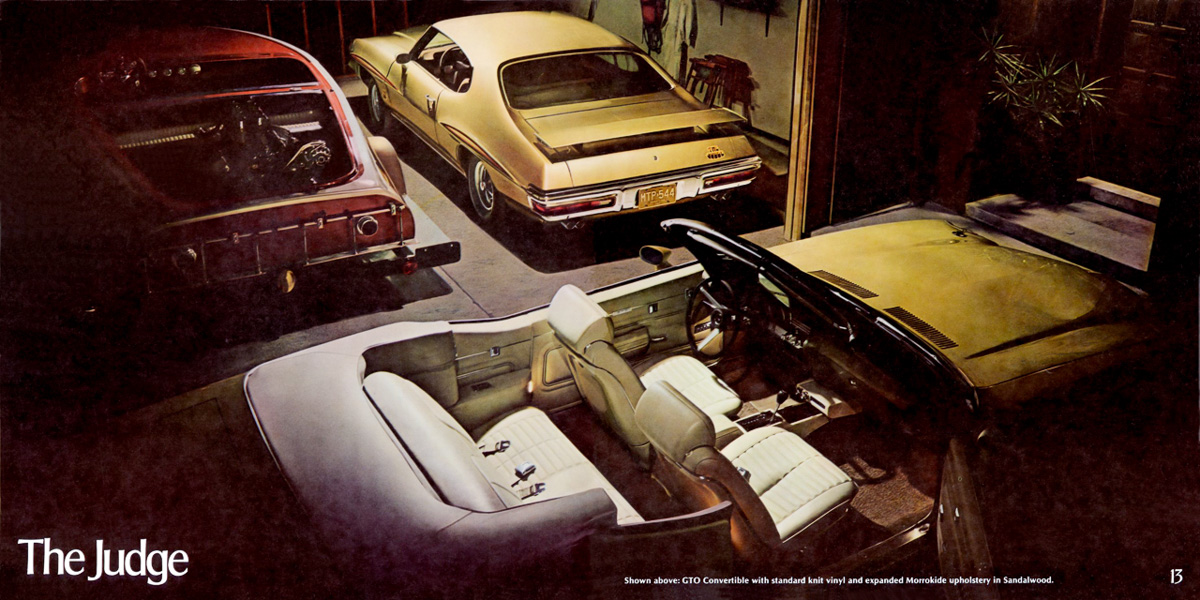
High horsepower V-8 engines were nothing new when Pontiac changed up the rules and offered big engines from the full-size fleet in its intermediate lineup and blended race-inspired style into the mix with the GTO in 1964. Later GTO tapped into contemporary culture with maximum performance. The 1969 GTO Judge took its name from a song by Pigmeat Markham and subsequent television skit on Rowan and Martin’s Laugh-In that featured Sammy Davis Jr. hamming it up as the Judge. Pontiac brought together a selection of its high performance and style options and there went their Judge. Order in the court!
Dr. Oldsmobile is In


Before modern muscle car movie franchise placements and celebrity endorsements there was Dr. Oldsmobile. The fictional doc used his Frankenstein-like skills to select and combine Oldsmobile goods into famously powerful machines like the Oldsmobile 4-4-2 for mad scientist level performance with maximum 70s muscle car style. We’re not sure how the handlebar mustache fits into the Oldsmobile formula but we certainly dig the illustrations of the performance goods from the 1970 brochure. The real Doctor Oldsmobile was one Joe Mondello, whose legendary Oldsmobile cylinder head work continues to win races even after he is gone.
Swinging Mopars
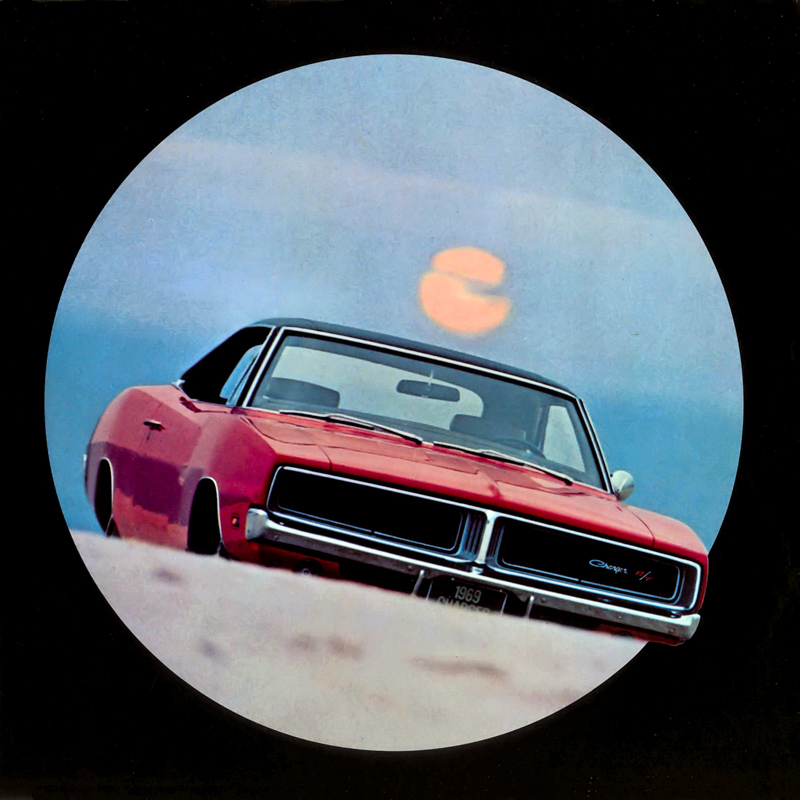
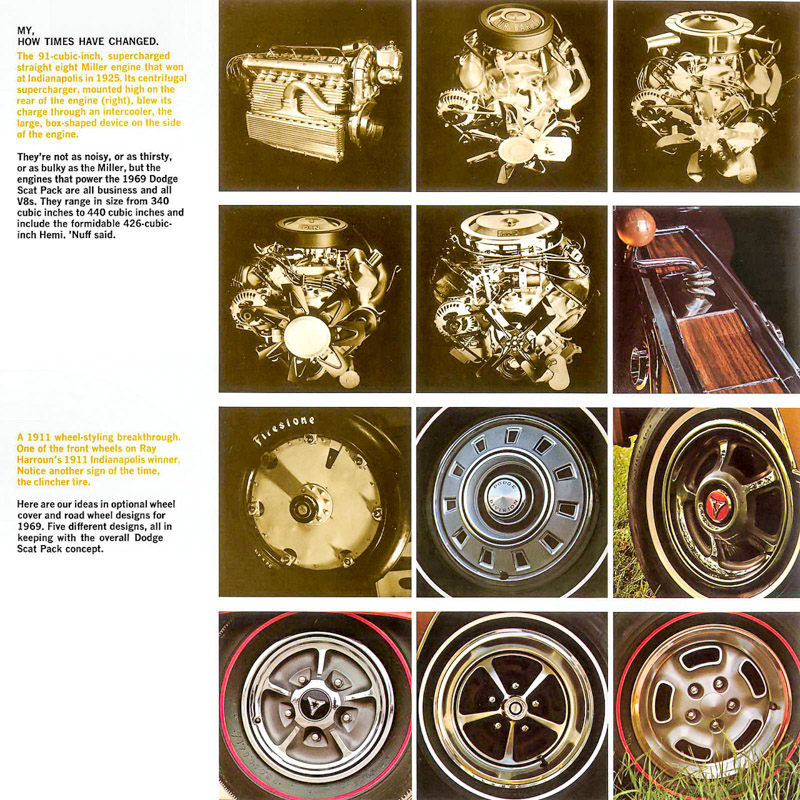
The Chrysler-Plymouth-Dodge triumvirate collectively known as Mopar created pivotal combinations of factory-engineered performance and American pop culture with hits like the budget-minded Plymouth Roadrunner. Making a direct connection between American racing heritage and the Dodge engine lineup was the inclusion a 1925 Miller racing engine this 1969 brochure right next to the latest small block 340 and big block hemi-head 426 elephant production car offerings. The Miller designed engine that became the Offenhauser powered race cars to victory into the late Seventies. Ordering a 340 and 4-speed made the Dodge Dart a swinging package.
Ford over Ferrari: Winning Formula
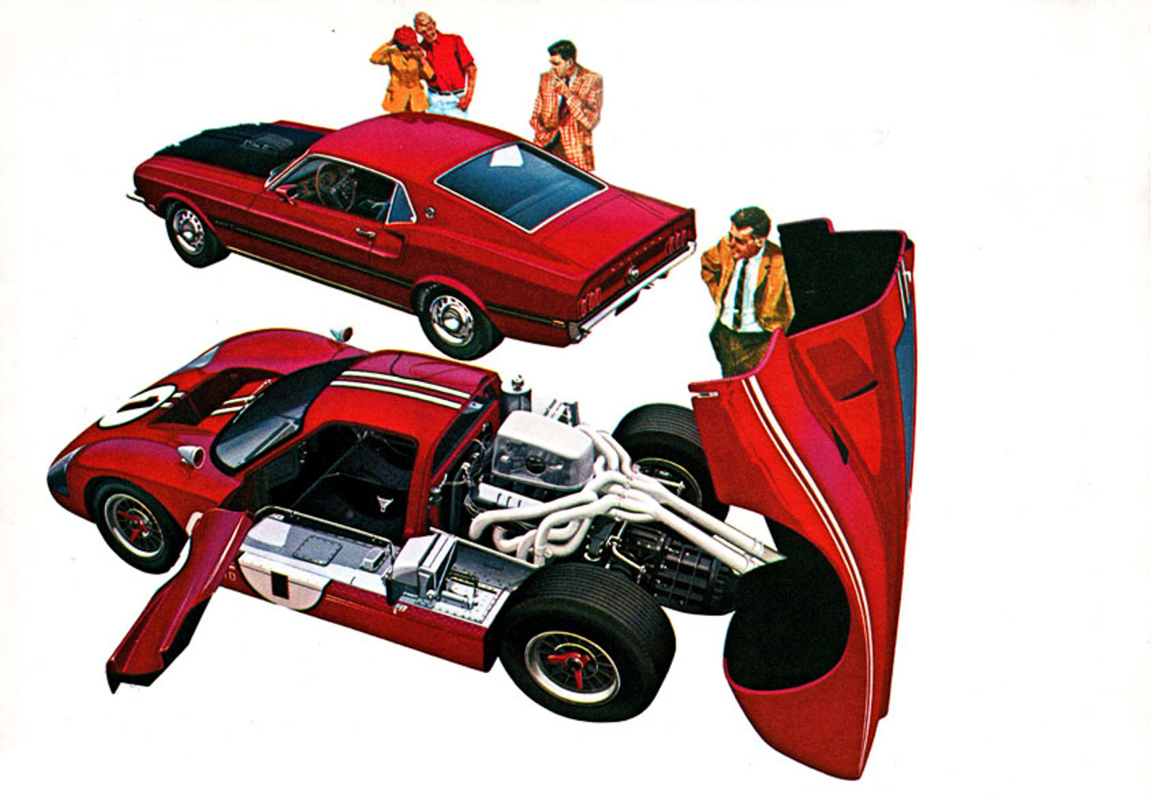
The connection between winning drag and road races on Sunday and selling Mustangs and Galaxies on Monday is clearly drawn on this page from the 1969 Ford Performance brochure. Ford went all in against Ferrari and the entire world with its unrivaled factory racing effort and won Le Mans in 1966, 1967, 1968 and 1969 with the Ford GT40. That the victorious GT40 race cars used factory Ford part numbers not only helped sell Mustangs but also won the race as sourcing exotic components was not required. Fifty years after the GT40 won Le Mans in 1966 the all-new Ford GTtook the checkered flag at the storied Le Mans endurance race in 2016. Performance mattered then and now.
Buick 1970 GSX: Gran Sport X
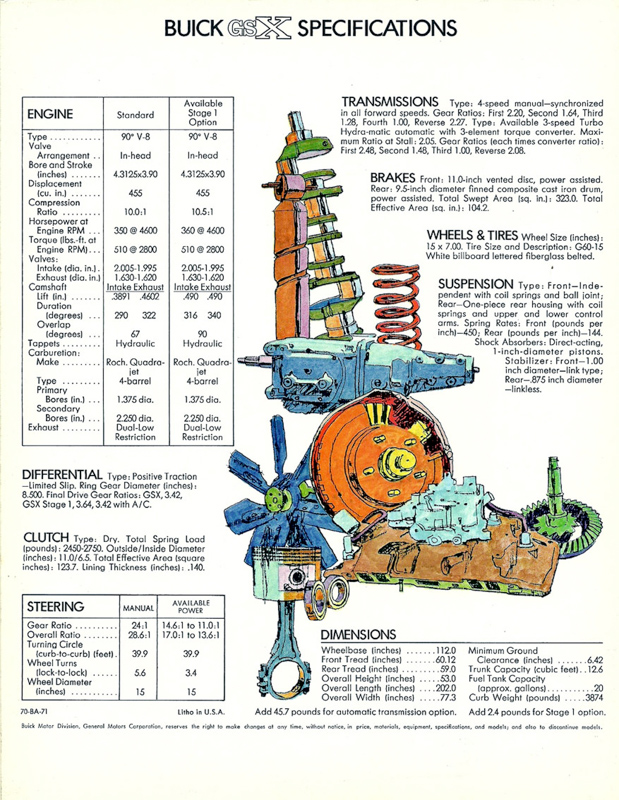
Buick performance was not lost on a select few who understood the potential of the nailhead and later big block Buicks, possibly thanks to the heroic efforts of drag racing great Tommy Ivo and his quad-engined four-wheel drive Buick-powered Showboat dragster. Bringing together Buick performance engineering with peak Buick muscle car style was the 1970 GSX. Exclamation points are used with hip lingo from the boulevard to call out illustrated versions of what set the Gran Sport X apart from the understated elegance of the Buick lineup. Buckets! 4-speed box! Billboards! GSX with a 455 big block and Rallye Ride Control please!
But wait, there’s more!

No we didn’t forget Chevrolet, AMC, Mercury or anybody else but there are only so many hours in the day to spend looking back into the lasting iconography of our muscle car past. The good news is that there is more available at no extra charge. A lot more. Fire up your favorite browser and head over Old Car Brochures for a look into their vast collection but be warned that hours and even days can disappear looking through a century or so of automotive promotional time capsules.
Imagery from Old Car Brochures

